Toyota Launches C-HR In April, Plans To Unveil Another Subcompact Crossover At The New York Auto Show In April
Toyota hasn’t even delivered the new 2018 C-HR to dealers and there are already plans to supplement the automaker’s subcompact crossover lineup.
In concert with the C-HR’s U.S. launch next month, April 2017 will also play host to the Toyota debut of a small crossover concept at the New York International Auto Show if all goes according to plan.
“I think we’re very well set up (with the C-HR and midsize RAV4 CUV), but we’re also kind of looking at what else could we be doing there if this continues to be a growing segment, which we anticipate it will,” Bill Fay, vice president for the Toyota division, told Wards Auto.
Toyota expects to sell 60,000 C-HRs in the United States annually, more than the Yaris, Yaris iA, and Prius C combined. For America’s third-highest-volume SUV brand, that’s apparently not enough.
Slip an extra SUV on the barbie.
It’s not difficult to understand why the nascent subcompact crossover segment holds such appeal to automakers. The subcompact cars that have forever existed as a means of courting young and first-time new car buyers have never been the providers of significant profit in North America, where consumers are five times more likely to choose a more refined, spacious, and powerful compact with little financial or fuel economy penalty.
But take that subcompact platform and elevate the price, sometimes dramatically, and the equation is flipped on its head.
Just look at Mazda, formerly a niche player in the subcompact car category with the Mazda 2 and now a lower-tier candidate in the subcompact crossover category. In 2014, Mazda sold fewer than 14,000 copies of the Mazda 2, priced roughly between $15,000–17,000. In 2016, the Mazda CX-3 — at its core, an elevated next-generation Mazda 2 — attracted nearly 19,000 buyers with MSRPs ranging from $20,900–27,180 — and an inordinately high number of the CX-3s sold are of the more costly sort.
With the lure of greater profit potential and the clear shift in demand toward utility vehicles across the industry, automakers are stocking up their small CUV shelves.
To the Nissan Rogue and Juke ( and/or the Nissan Kicks), Nissan will fill an apparent void with the Rogue Sport, a rebadged Qashqai.
Below the Cherokee, Jeep will sell the new tweener-sized Compass along with the Renegade, a subcompact crossover sales leader.
General Motors taps two different subcompact CUV price points with the Chevrolet Trax and Buick Encore, which together owned nearly 30 percent of America’s subcompact crossover market in 2016.
Mitsubishi will squeeze the ghastly Eclipse Cross in between a smaller Outlander Sport and the Outlander.
And before Toyota sells its first C-HR in America, Toyota clearly intends to investigate the possibility of a C-HR cohort. In fact, based on Bill Fay’s language to Wards, the investigatory period may well be past the concept stage. Pointing to the hyperactivity in the segment, “I think everybody is looking at, ‘What’s the best way to meet that customer demand?'” Fay says.
Of course, an all-wheel-drive option would at least propel the 2018 Toyota C-HR into the center of the subcompact crossover argument. Available with AWD in other markets, the C-HR arrives in the United States with front-wheel drive, a 144-horsepower 2.0-liter four-cylinder, and dimensions that essentially match the old Toyota Matrix.
Another subcompact crossover? The Toyota C-HR doesn’t even meet the TTAC Slack chat definition of a crossover. Perhaps Toyota’s New York concept car debut will.
Toyota has shown small SUV concepts in the recent past: the Urban Utility in 2014 and the ME.WE in 2013, pictured above.
More recently, U.S. sales of subcompact crossovers are up 13 percent through the first two months of 2017 in a overall market that’s declined nearly 2 percent.
Timothy Cain is the founder of GoodCarBadCar.net, which obsesses over the free and frequent publication of U.S. and Canadian auto sales figures. Follow on Twitter @goodcarbadcar and on Facebook.
More by Timothy Cain
Latest Car Reviews
Read moreLatest Product Reviews
Read moreRecent Comments
- Calrson Fan We are already seeing multiple manufacturers steering away from EVs to Hybrids & PHEVs. Suspect the market will follow. Battery tech isn't anywhere close to where it needs to be for EV's to replace ICE's. Neither is the electrical grid or charging infrastructure. PHEV's still have the drawback that if you can't charge at home your not a potential customer. I've heard stories of people with Volts that never charge them but that's a unique kind of stupidity. If you can't or don't want to charge your PHEV then just get a hybrid.
- AZFelix The last time I missed the Malibu was when one swerved into my lane and I had to brake hard to avoid a collision. 1 out of 5⭐️. Do not recommend.
- 2ACL I won't miss it; it was decent at launch, but in addition to the bad packaging, GM did little to keep it relevant in the segment. I'd prefer that another domestic automaker doesn't just give up on the mainstream sedan, but unlike some of Ford's swan songs, the Malibu made an indifferent case for why they should live.
- ToolGuy TG grows weary of purchasing gasoline. I don't care so much how or why, I am just tired of it. I still buy petroleum products, not 'boycotting oil,' but backing away from gasoline where I can. Sample size = 1.
- Probert Maybe it's not too late for the Dodge Neon I've always dreamed of!!! To the keyboard Robin!




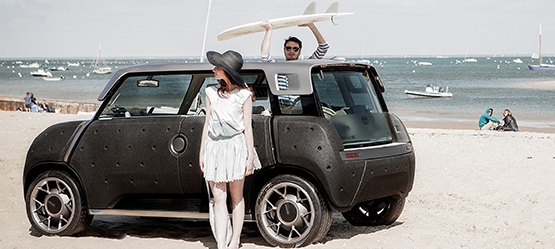












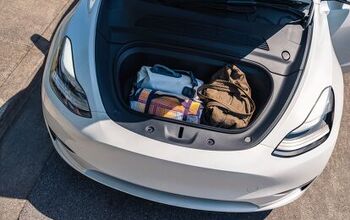
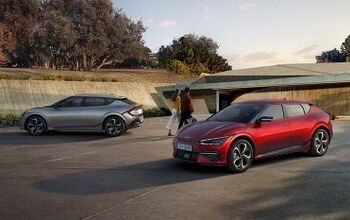


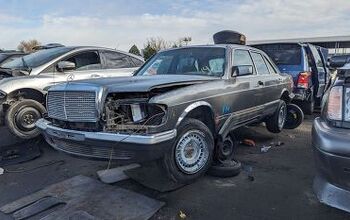
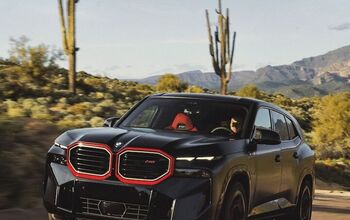
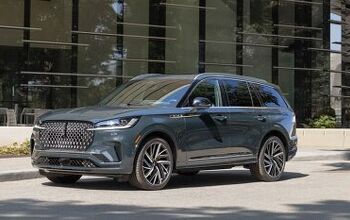
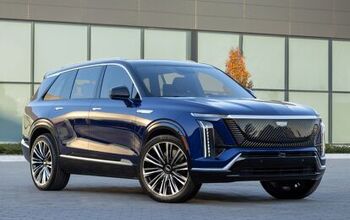


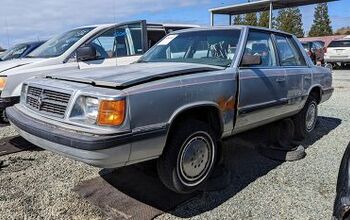

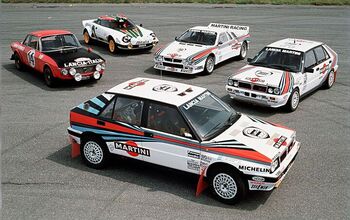

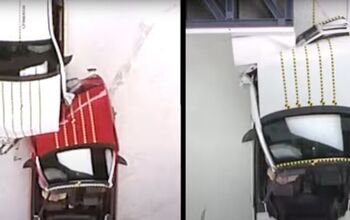
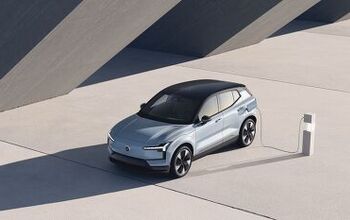
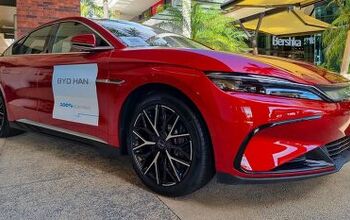
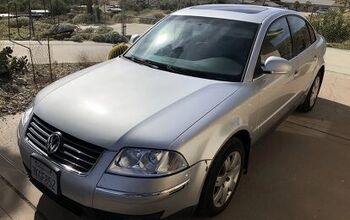
Comments
Join the conversation
This whole compact SUV segment makes me sick. The cars are heavier, taller, slower, less fuel efficient, costlier, ride more harshly, handle worse, and have less interior space. Just so that buyers can say they have a “crossover”. It’s ridiculous. I love everything that Mazda makes, notably the Mazda3 and the CX-5, yet I loathe the CX-3. The reorientation of the great Mazda3 into a crossover simply ruins it for all the reasons stated above. My fiancee' is interested in the C-HR. We'll go drive it when it comes out and she'll likely realize that 133hp will be wholly unsatisfying after having been driving 6-cyl BMW's for a couple years. If someone wants a Toyota in this segment, the iM is a much better choice, yet it's cheaper for a better car!
You ain't gettin' no dishwasher home in that crumpled-up little ball of ugly.